Education Organizations Endorse HJRCA 26 as a First Step Toward Building Better Schools
An Important Step Toward Building Stronger Schools
By:
Cinda Klickna – President, Illinois Education Association
Dan Montgomery – President, Illinois Federation of Teachers president
Ben Schwarm – Illinois Statewide School Management Alliance
Jessica Handy – Government Affairs Director, Stand for Children Illinois
Amy Ballinger-Cole – Director of Government Relations, Advance Illinois
Diane Rutledge – Executive Director, Large Unit District Association
Parents, educators, advocates and entire communities grapple with how to ensure every student receives the best education possible so children can be prepared for their future careers and secure good jobs in an increasingly competitive global economy.
It will take a comprehensive, long-term plan to achieve and sustain this goal. We believe a core component of that plan is adequate funding for our students and schools.
A proposal that will deliver more needed funding for our students is House Joint Resolution Constitutional Amendment 26. The measure provides for an additional 3 percent surcharge on income over $1 million. The additional revenue would be earmarked exclusively for elementary schools and high schools throughout Illinois and would be distributed on a per-pupil basis. Based on a five-year average of taxable income over $1 million, this proposal would generate an estimated $1 billion in additional funding for Illinois students each year. In light of the budget challenges Illinois faces in the coming years, this funding would be a lifeline for schools without devastating other critical state services.
This idea may sound familiar to you. You may be one of the more than 2.2 million people who supported an advisory referendum last November calling for this proposal to be implemented. Almost 64 percent of those voting on the referendum across Illinois supported it. More than 40 counties approved the measure with at least 60 percent of the vote; 100 of the 102 counties in Illinois approved with at least 50 percent of the vote.
Countless school districts across the state struggle to maintain a high level of education, while experiencing cuts to their budgets year after year and receiving state support that has not kept up with students’ needs. Currently, the amount of funding intended to represent the minimum level to adequately fund the education of a single pupil in the Illinois public school system has not increased since 2010, and the state’s share of funding for our schools has dwindled in recent years due to budget pressures, with disadvantaged school districts hardest hit by such cuts.
Schools want to do more, but they are struggling. More than two-thirds of the school districts in Illinois are in deficit spending, and they face new budget-making obstacles with the loss of about $5 billion in state revenues due to the rollback of the state’s income tax increase. Simple math tells us we cannot allow significant revenue to disappear and believe we can continue providing a quality education to our students.
We agree that House Joint Resolution Constitutional Amendment 26 is not the entire solution to our education funding challenges. In addition to investing more, we have an obligation to ensure state dollars reach our students who are most in need. We also agree that money alone will not improve education or close achievement gaps. Parental involvement is crucial, as are dedicated teachers and a solid support network to help students achieve excellence. But money matters, and there is clearly much more that can – and should – be done to help schools give all students the best education. House Joint Resolution Constitutional Amendment 26 is a common-sense step in the right direction.
We encourage all local residents, parents, teachers and educators to call their state representatives and urge them to support House Joint Resolution Constitutional Amendment 26.

